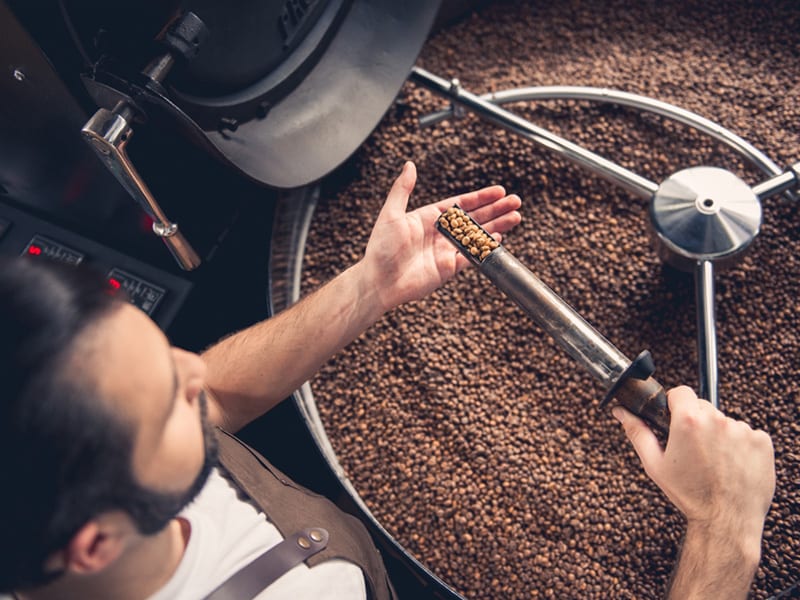AGRICULTURAL DUSTS
Dust is released during the processing of many agricultural products from manufacturing animal feed and processing grain to milling seed. It can have serious effects of employees health, including health issues like skin conditions or respiratory diseases. In fact, asthma is amost twice as common in the agricultural sector than any other. Employers have a legal responsibility to protect operators and lower their exposure below the workplace exposure limit. (You can find list of exposure limits can on the HSE website.) Agricultural extraction systems can be used to control dust and deliver the collected product back into the process to minimise waste.
ATEX COMPLIANCE AND EXPLOSION PROTECTION
Organic substances, such as grains and flour, are potentially explosive materials given the right environment. Dust clouds created during the handling and processing of various agricultural substances have the potential to cause explosions that could be fatal to workers and destroy your building. All systems dealing with these types of explosive materials should adhere to the ATEX regulations which outline safe control measures. Our agricultural extraction systems and equipment are all manufactured to the ATEX standards and can help protect your employees from potential events.
You can reduce the risk of an explosion by implementing various control measures. Firstly, look at your processes and ensure ignition sources are removed or contained, make sure all drop outs and leaks are sealed. Place signs in your building to warn workers of potential hazards. Implement an ATEX compliant extraction system to control the dust throughout the process. Not only does this protect your workers from exposure and explosion, but improves productivity and product quality.


CONTROLLING AGRICULTURAL DUST
Using a centralised extraction system to remove dusts from the process is the safest and most efficient way of contorting dust exposure from agricultural processes. They not only reduce employees’ WEL, but can dramatically reduce the risk of explosions. Implementing an LEV system removes dust directly form the process before it has chance to enter the breathable workspace.
We provide safe solutions for agricultural storage, mechanical conveying, pneumatic conveying, screening, separating, and much more. Our engineers can help to implement a dust extraction and materials handling system that not only protects employees from exposure and explosion, but that can improve productivity and product quality, as well as recycling waste material.
HOW TO ASSESS RISKS
When dealing with harmful substances in an agricultural environment, a risk assessment should be completed. We have put together an example on how you can evaluate your processes.
#1 Risks
The first part of the risk assessment should be to identify the hazards#1 Risks
Look at the processes in your workplace and identify the potential hazards and risks such as what harmful dusts are being emitted and what could the results be?
#2 Frequency of Use
How often the process or machine is used is important in control#2 Frequency of Use
If exposure to dust is for short periods RPE could be used. However, in cases of long or constant exposure, an extraction system should be considered.
#3 Adjust the Process
Are there safer materials or processes that could be used?#3 Adjust the Process
Identify any ways you could adjust the processes in your workplace to reduce risk. For example, using a different material that creates less dust.
#4 Which Controls Work
What controls should be implemented to reduce the risk#4 Which Controls Work
Based on the information, what controls should be in place? Can extraction be added? If there are no suitable controls, RPE could be considered.
#5 Consider PPE/RPE
This should be the last resort when identifying control measures#5 Consider PPE/RPE
If there are no other methods available to control agricultural dust, then PPE/RPE can be considered. A separate risk assessment should be undertaken.
GET IN TOUCH WITH US
Fill in the form and we’ll get back to you!

